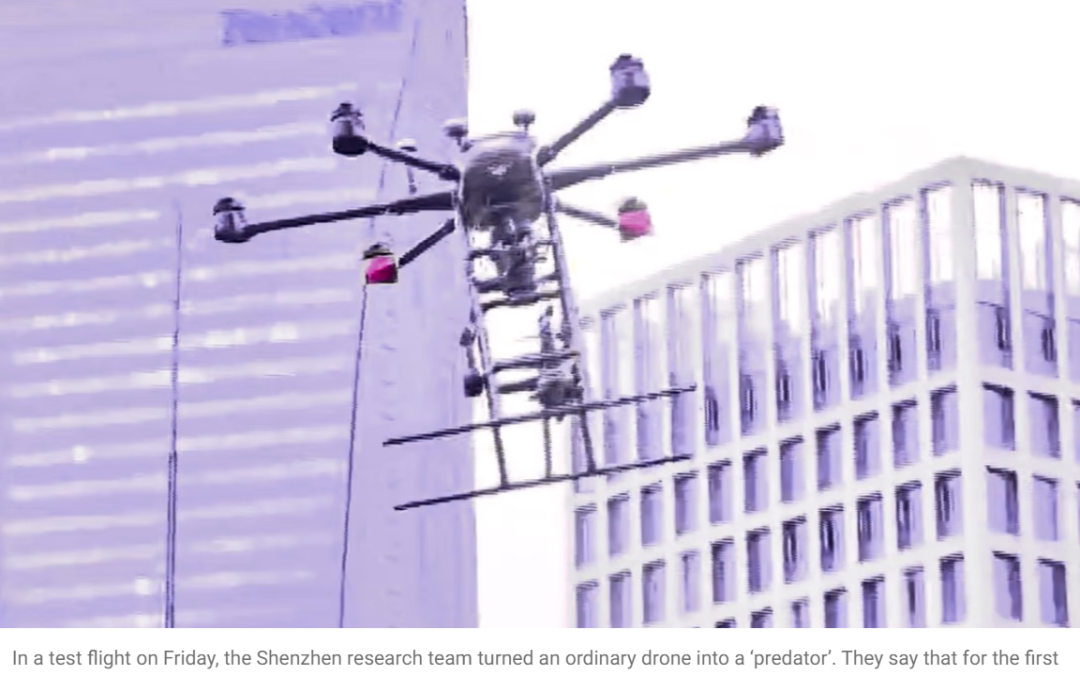A breakthrough in radar technology allowed a commercial drone to capture high-definition images previously only achieved by military drones, according to the Shenzhen research team behind the development.
The researchers put a synthetic aperture radar (SAR) on a commercial drone and captured high-definition images in a test flight.
In the past, such a powerful radar system was only available for military drones, such as the Predator or Global Hawk, because the technology was big, sophisticated and consumed a huge amount of power.
Professor Huang Lei, lead scientist of the project with Shenzhen University, called the team’s new gadget “a disruptive technology”.
Besides drones, “it can be popularised and applied to other fields, such as intelligent driving, smart logistics, smart cities, emergency rescue and disaster relief to better serve the national economy and people’s livelihood”, he was quoted as saying in a report by Shenzhen Evening News on Monday.
A key aspect of this new technology lies in a subversive imaging scheme, the 1-bit quantisation, or data compression, of analogue signals through non-linear mapping. It means mathematically converting a complex, two-dimensional radar image into a one-dimensional curve.
This algorithm significantly reduces the size, complexity and power consumption of a SAR without harming the image quality.
Huang’s team was not the first to come up with the idea, but previous attempts did not reach the practical stage because critical information was lost during the conversion.
The researchers said the performance of traditional SAR had almost reached its limits after a half-century of development because of the restrictions of electronic devices.
The 1-bit SAR technology opens another track, promising low-cost, lightweight, high-performance, high-speed radar for target detection, tracking, imaging and identification, they said.
The new technology was especially useful for applications with limited resources.
“At the same resolution, the data volume could be reduced by more than 50 per cent,” said Zhao Bo, a member of Wang’s team.

